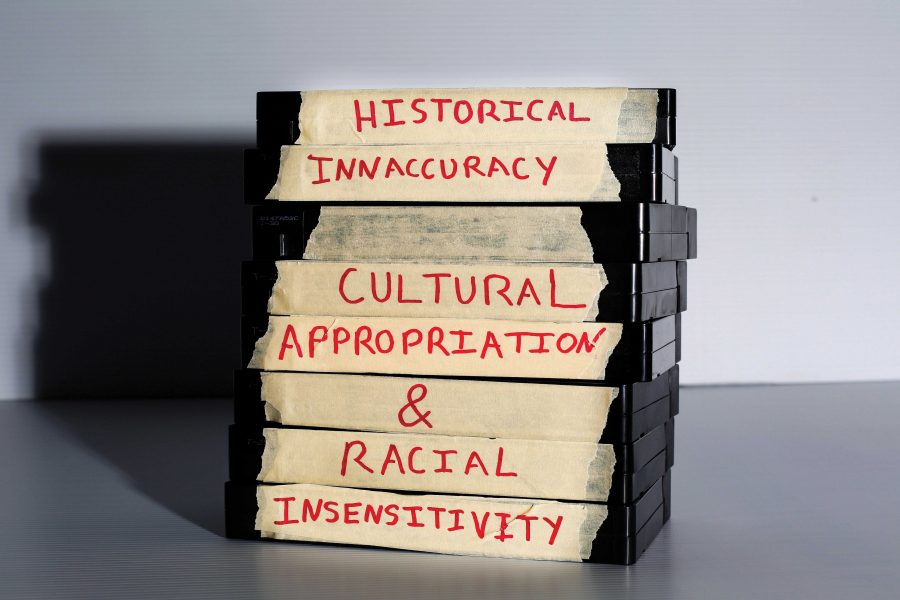The Walt Disney Company is the dominant source of family entertainment in the world with a reign spanning almost 100 years. They made their mark by repackaging, or “Disneyfying,” myths and legends from around the world.
For decades, Disney’s depictions have shaped our cultural and historical understanding and not always for the better. It’s challenging to take a complex historical event and try to simplify it to a digestible format, especially a format intended for children. There is a delicate balance between altering historic details to tell a compelling story for children and simply portraying outright falsehoods. Sometimes Disney’s portrayals of culture are dead on, but time and time again we see examples of Disney getting a culture so wrong that it becomes problematic.
Aladdin (1992)
Not unlike the other Disney princesses, Jasmine’s outfit in “Aladdin” is not a true representation of clothing at the time the story takes place. She would have been dressed more conservatively in loose-layered clothing to accommodate the heat of Agrabah. Her outfit would have been far from the form-fitting top with the bare midriff she wears in the film. As royalty, Jasmine’s clothing likely would have included a veil to display her high station.
Then, of course, there is the problem of the opening song. The original version of the song played in theaters contained the line “Where they cut off your ear if they don’t like your face.” Due to the understandable uproar from Arab communities, this line was changed when the film was released on video; however, the following line, “it’s barbaric, but hey, it’s home” remains in the film to this day.
The exact time and place seen in “Aladdin” is unclear, but context clues indicate it likely takes place between 819 A.D. and 999 A.D. during the Samanid Dynasty of sultans. During the Samanid Dynasty, mathematics, literature and language flourished. The overall legacy of the Samanid Dynasty is one of peace and tolerance. Disney’s description of this time period as “barbaric” is not only wrong, but sets a dangerous precedent for children watching the film by enforcing negative stereotypes of Islamic cultures.
Hercules (1997)
The problems with “Hercules” arise more from the retelling of the myth rather than from cultural accuracy. For instance, Hercules is the son of Zeus by one of Zeus’ many human lovers, not the product of a happy marriage between Zeus and Hera.
Setting deviations from the myth aside, the portrayal of ancient Greece in “Hercules” is actually pretty good. Throughout the film, you see various examples of art and architecture which, other than being slightly less detailed, are pretty dead on for ancient Greece.
Mulan (1998)
A film favorite of ‘90s kids and the film that gave us the most badass female character depicted in a pre-2000s Disney film, Mulan’s story is rife with faults. Just like “Hercules,” Disney’s “Mulan” deviates far from the original myth of Mulan’s character.
The film is speckled with minor historical infractions. For instance, the Chinese characters Mulan writes on her arm at the beginning of the film are a form of writing which didn’t exist in the fifth century, the time period in which “Mulan” takes place. The Great Wall of China also wouldn’t have existed at this time, as it wasn’t built until the 14th century. The multicolored fireworks at the end of the film also wouldn’t exist for another 1300 years. We can forgive these minor infractions since these details provide easily recognizable context so the audience can understand the physical setting of the film.
The most egregious inaccuracy in the film takes place after the battle with the Huns. Mulan, recovering in a medical tent, has just been discovered to be a woman. Pay close attention, and you’ll notice the Japanese flag is plastered on the side of the tent. This is problematic as it essentially equates all Asian cultures as interchangeable. When you start to notice these major inaccuracies, it’s no wonder “Mulan” was not received well in China.


